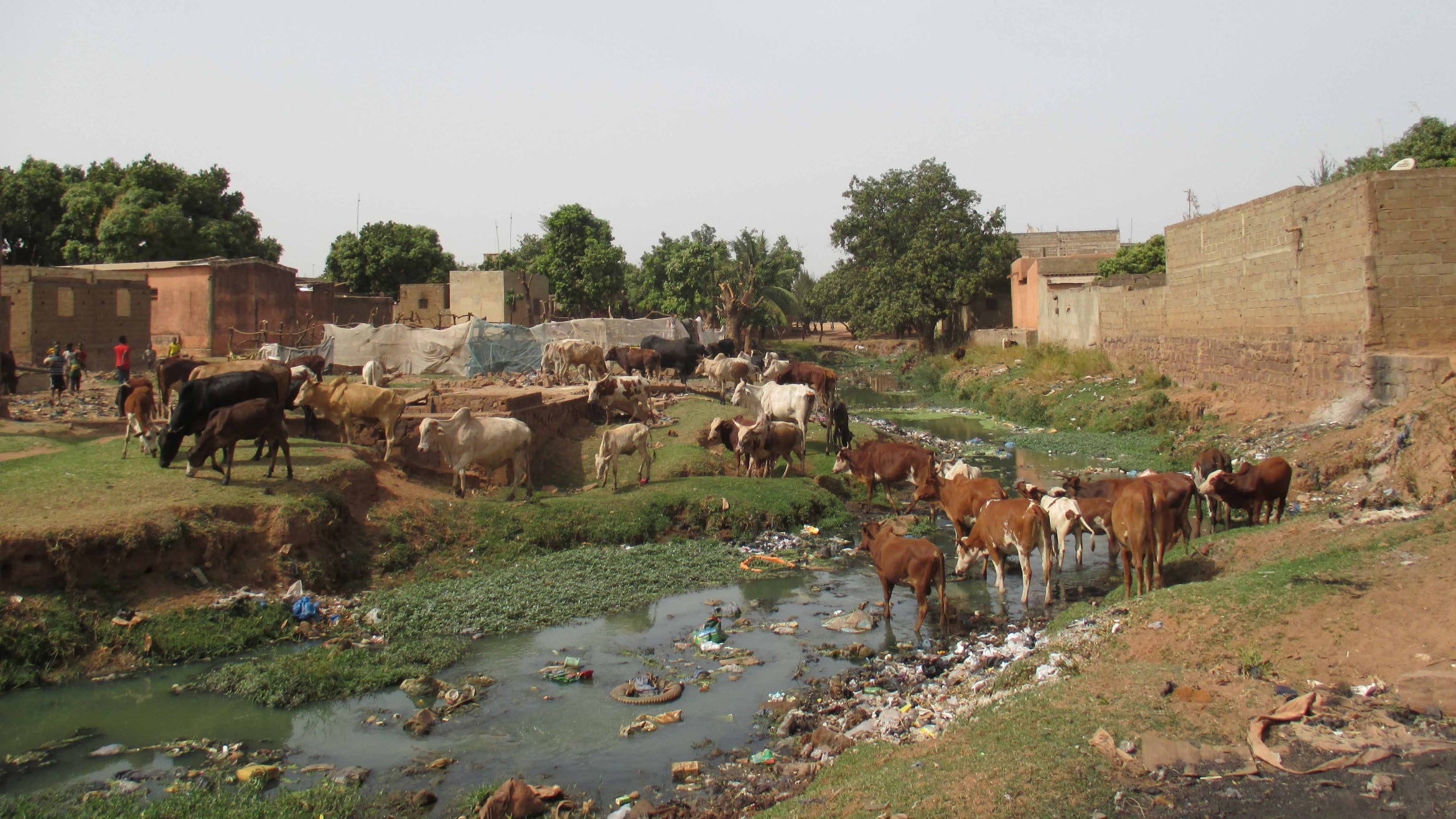
Trust in peacekeepers linked to reduced violence
What does peace look like in places where violence is part of daily life?
For UC Santa Barbara political scientist William Nomikos, the answer starts small: with a sense of trust in the peacekeepers who serve their communities.
“Peacekeepers were more effective when communities viewed them as impartial,” Nomikos said. “That perception changed how people behaved. It gave them confidence that disputes could be resolved fairly, and that reduced violence.”
Nomikos, who directs the Data-driven Analysis of Peace Project (DAPP) lab at UCSB, studies international interventions in fragile settings, particularly where local conflicts are shaped by climate stress, weak institutions and communal divisions. His new book, “Local Peace, International Builders: How the UN Builds Peace from the Bottom Up” (Cambridge University Press, 2025), makes the case that United Nations peacekeepers are most successful not through force or presence alone, but by earning the trust of the people they aim to protect.
The book examines how peacekeeping efforts function in places where conflict is deeply rooted in everyday life, such as in disputes over land, water access, cattle grazing and farming. These kinds of tensions are intensifying around the world, Nomikos said, as climate change, forced migration and extremism continue to destabilize vulnerable communities.

To understand how UN missions affect these dynamics, Nomikos compiled a geo-referenced dataset tracking the deployment of more than 100,000 UN peacekeepers across Africa from 1999 to 2019. He paired that with extensive fieldwork in Mali, where international actors have tried to stabilize conflict for more than a decade. He interviewed nearly 50 local leaders, conducted behavioral games with more than 500 participants from 14 ethnic groups, and surveyed 1,400 civilians.
Mali, he explained, is a nation where violence between groups is increasingly tied to resource scarcity and environmental change. “Farmers and herders traditionally shared land in Mali, rotating use across seasons,” Nomikos said. “But as climate conditions worsened and land grew scarce, those cooperative arrangements broke down. That’s when the conflicts started to escalate.”
The Malian government, with limited infrastructure and capacity, has struggled to manage these local disputes or prevent retaliatory violence. That vacuum created space for international peacekeepers to intervene, he noted, but their effectiveness has varied widely. As Nomikos found, communities responded differently depending on how they perceived the interveners.
“Malians generally saw the United Nations as impartial,” he said. “But France, as the former colonial power, was viewed as biased. That made a difference. People trusted the UN to mediate disputes fairly.”
The multinational composition of UN missions played a critical role, Nomikos noted. “You had troops from Uruguay, India, Senegal, Kenya — a mix of backgrounds and no colonial history with Mali,” he said. “That diversity helped people see the mission as neutral.”
He emphasized that UN peacekeepers are not passive observers. “They’re armed professionals,” Nomikos said. “If someone is attacking a civilian, peacekeepers can and do intervene with force. But their power comes from being seen as fair and uninvolved in local politics.”
To assess peacekeeper impact at a community level, Nomikos developed a novel research method. Because the UN does not release detailed location data, he manually extracted information from quarterly UN reports and combined it with internal troop data from peacekeeping headquarters. The resulting dataset allowed him to track where peacekeepers were deployed, in what numbers, from which countries, and even by gender, all at the level of towns and villages.
“The scale was key,” he said. “I didn’t want to know just how a country changed. I wanted to see what happened in a specific community. Did violence decrease after peacekeepers arrived? Were people safer?”
His findings offer a new lens on international peacekeeping at a time when large-scale military operations are often met with skepticism. “There’s been a real turn away from international engagement, especially since Iraq and Afghanistan,” Nomikos said. “People assume intervention always makes things worse. But that’s not always true.”
He pointed to the difference in scale and intent. “The U.S. sent 150,000 troops into Iraq. The UN might send 10,000 to a country like Mali, not to impose a government, but to protect people so they can live their lives without fear,” he said.
In “Local Peace, International Builders” Nomikos argues for rethinking how peace is built. “Sometimes what people need is just a little bit of space and safety,” he said. “If peacekeepers can create that, if they’re trusted and seen as fair, then people are more likely to cooperate and resolve conflict peacefully.
“What I want people to understand,” Nomikos added, “is that international intervention doesn’t have to mean occupation or domination. It can mean protection. And that protection, when it’s trusted, can make peace possible.”




